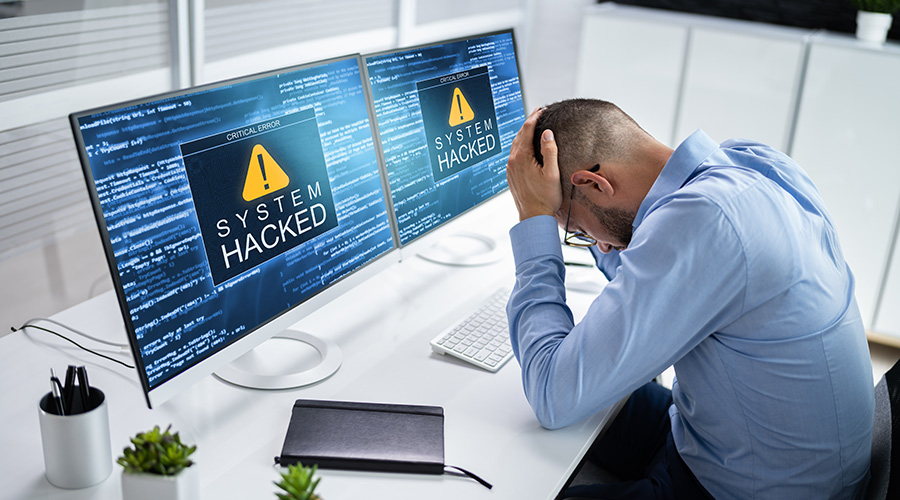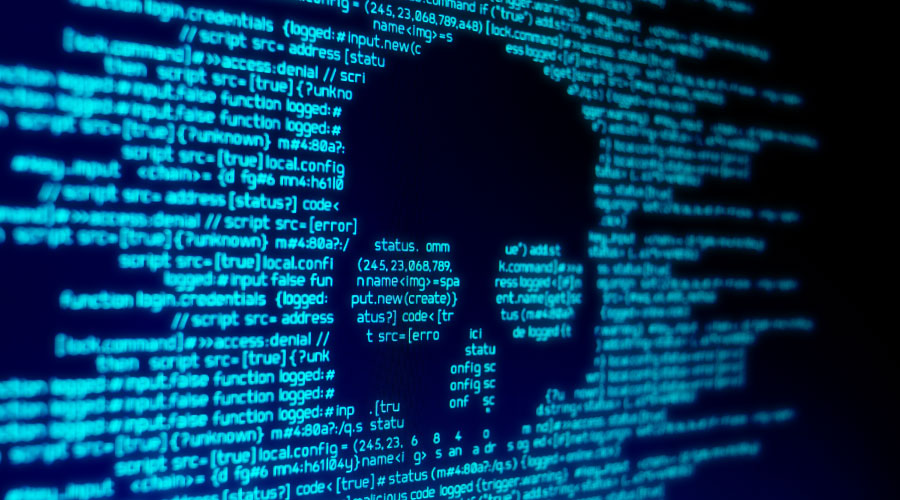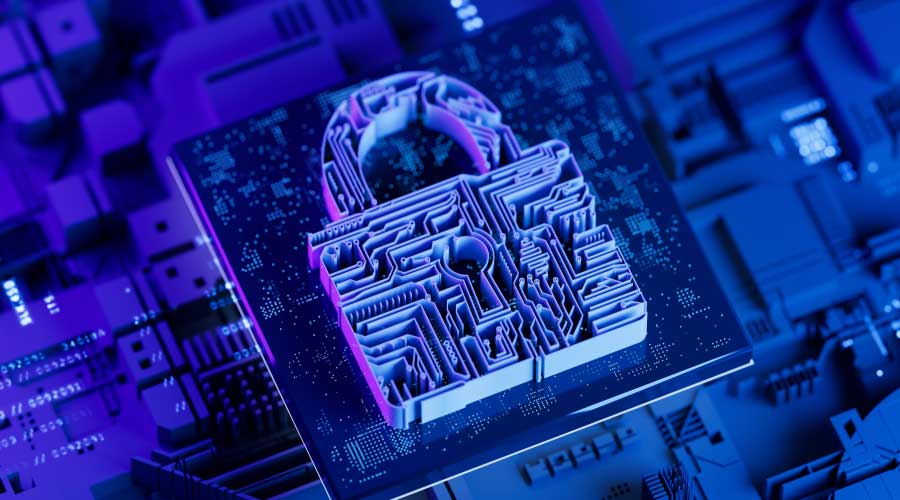With Multitenant Buildings, Good Communication Is Essential to Security Planning
Good communication is essential even when the matter at hand is technology. A particular challenge comes when systems need to be integrated.
Different tenants often come with disparate systems that are not compatible with each other, says Duda.
"If a common or shared system is required, it can be a challenge to get an agreement as to what equipment will be used," he says. "If the common system chosen is incompatible with the tenant's in-house system it may mean that the tenant has to spend more money to replace the in-house system, or live with the incompatibility."
Some types of tenants express particular concern about integrating systems, says Miller. That's especially true of professional services tenants, such as legal and accounting firms.
"They have a tendency to be very protective of their clientele and don't want that information viewed by other tenants in the building," Miller says.
Often, Duda says, the main system manufacturer becomes an item of contention. And while there are systems that can communicate between systems, they also tend to be very expensive.
Nevertheless, integration is possible, usually via physical security information management systems. And partitioned databases, like those used for building access control, can help safeguard a tenant's client list.
Best Practices
Building owners might not be experts at security system integration. If not, they should look for an accredited, independent security consultant.
Duda says that after the initial information-gathering, and once there is a good understanding of the facilities and the various tenant operations, an initial common meeting of the tenants to discuss the facility's overall security needs and operations is a good beginning.
"If agreements can be reached at this point, a lot of headaches may be avoided," he says. A consultant can act as an advisor and moderate the discussion. In that case, it will be important, Duda notes, that the consultant is hired by all parties so that there is no conflict of interest. Ultimately, the building owner and tenants might decide that greater integration of technology is needed.
Even if individual tenant systems are not integrated, getting all tenants to cooperate can yield substantial security benefits.
A case in point is a package control or package pass system in the lobby of a multitenant building. Miller sees such a system as a must-have measure for all multitenant buildings, especially those with professional services tenants.
His concern is laptops. Such a system in the lobby can prevent consumer information, databases and intellectual property from being stolen.
The key, he says, are the tenants: They typically have to provide the person with a package pass or alert lobby security staff that a package is headed out of the building.
"They have to participate in that," Miller says. "They have to be willing to enforce and initiate that. It's harder than it sounds."
Loren Snyder, a contributing editor for Building Operating Management, is a writer who specializes in facility issues. He was formerly managing editor of Building Operating Management.
Related Topics:













